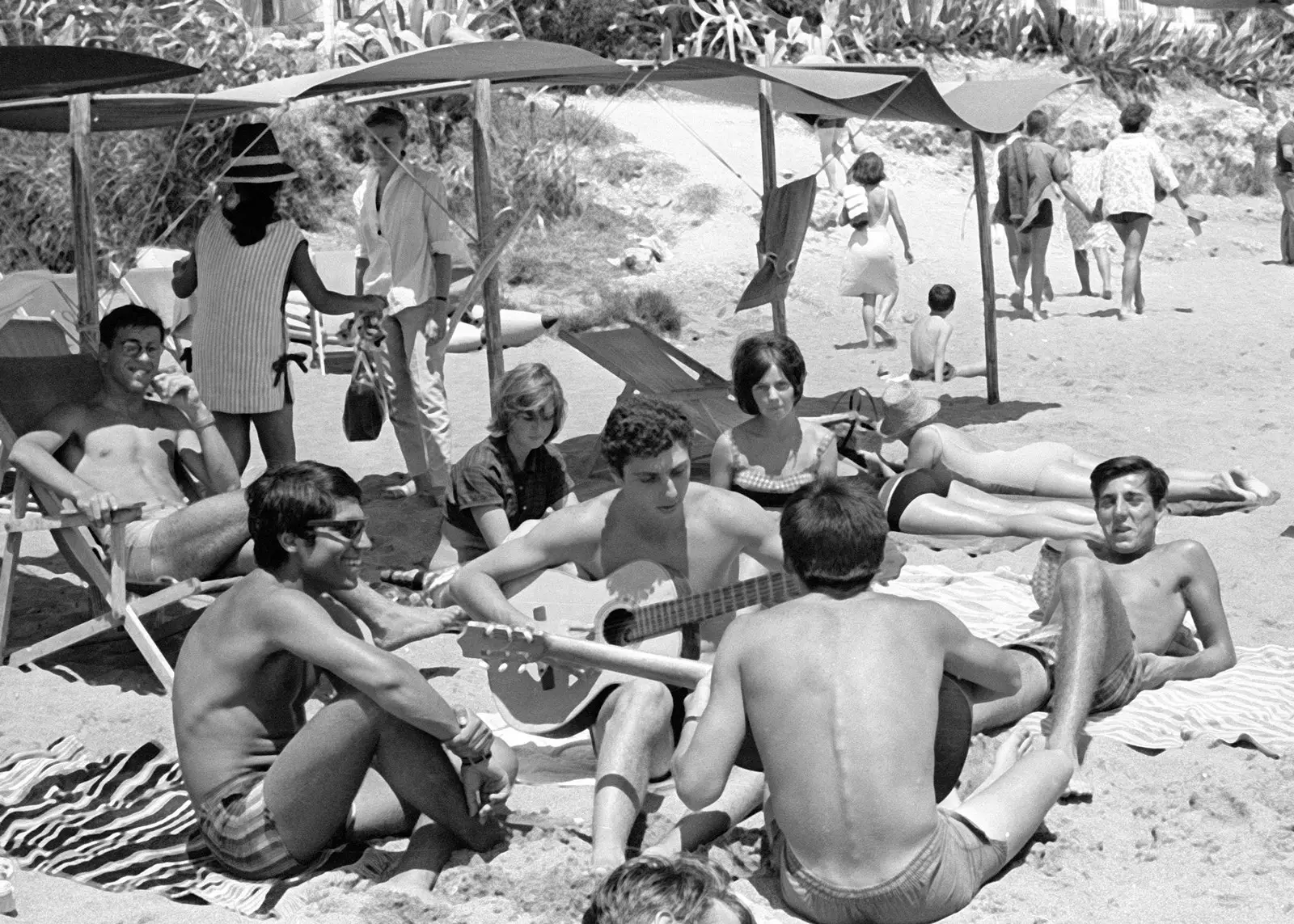
Torremolinos, a place for everyone
Marbella did not exist . The large apartment buildings would arrive in the seventies. in the fifties, Torremolinos was still an idyllic fishing village , with a tower on the hill and whitewashed houses.
The testimonies of those who came to the coastal town have an impact time after time on the same image: Malaga was then a gray city , drowned by the authorities, but when traveling the kilometers that separated it from Torremolinos, an invisible border was crossed in which the repression was broken. The gestures were released, the skirts were shortened, the suits disappeared. Color. Freedom.
Torremolinos was a pioneer enclave in the Spain of the rosary and the law of vagrants and thugs . It all started with Gala . she passed with dali long periods in English Castle, owned by George Langworthy , a British commander. He took off his blouse La Carihuela beach and she covered her waist with a short skirt while posing for the painter. She was walking by the sea without covering herself. The photographs that Dalí took of him in 1930 show the first documented topless in Spanish history.
In the 50s came the cinema . Torremolinos became a point of attraction for travelers who found in Spain a exotic destination encrypted in afternoons of bulls, white towns, flamenco tablaos and deserted beaches.
Ava Gardner exhausted the night Malaga's carnival . When the booths closed she got on the Trujillo City Orchestra in her car and took her to Torremolinos. Dawn reached them under Caribbean rhythms. Grace and Rainier disembarked one summer from the Deo Juvante II to make a semi-official visit and eat at the Hotel Three Caravels . They also landed there Kirk Douglas, Rita Hayworth, Anthony Quinn, Orson Welles, Marlon Brando . The list is exhaustive.
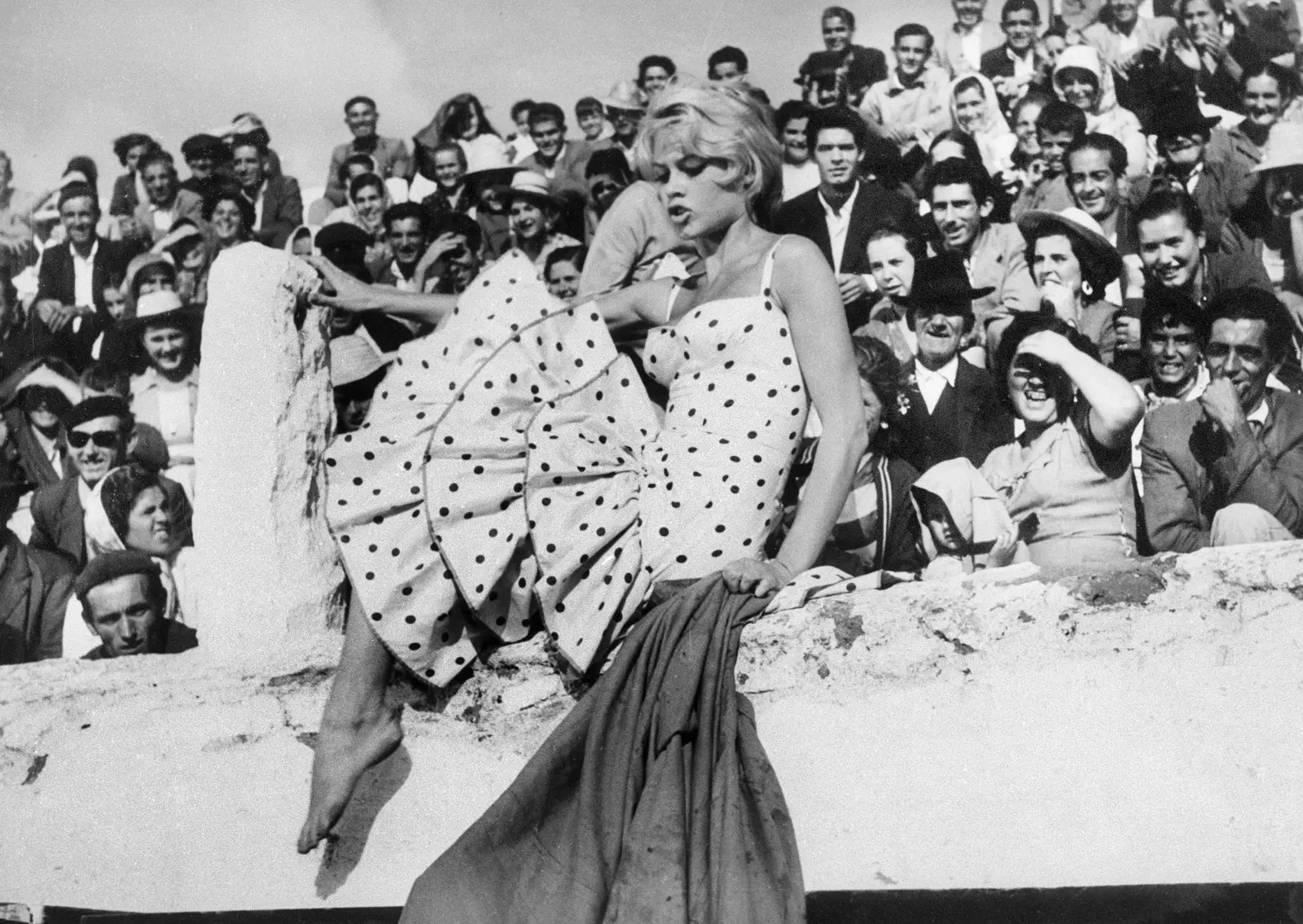
Brigitte Bardot during the filming of 'Les bijoutiers du clair de lune'
At the end of the decade came brigitte bardot to roll The Moonlight Jewelers , directed by Roger Vadim . The erosion of her marriage with the director did not favor relations during filming. Bardot leaned on Ferdinand King , co-star, with whom she spent the afternoons in the creperie of the Happy Shrimp Square . Her budding animalistic spirit led her to take in a donkey that appeared in the film and put him in her room. She walked barefoot and sunbathed naked on the beach . The forces alive issued an official protest to the mayor of Malaga so that, in view of her immoral behavior, she was expelled.
Closing one's eyes to what was happening in Torremolinos was a way of showing a friendly face to international opinion in order to attract European tourism. The inauguration in 1959 of the Pez Espada hotel , from which Frank Sinatra was asked to leave after a fight with an Italian guest, marked the beginning of the city's golden decade.
To the first topless (Gala's), and the most scandalous ( Brigitte's ), a series of inconceivable initiatives in Francoist Spain were soon added. The Begoña Passage , which would become the epicenter of the night, experienced the opening of the first gay bar. Toni's opened the door to other places that would soon populate the passage: Incognito, The Faun, Düsseldorf . Torremolinos adopted the title of gay capital when Ibiza had not yet made its appearance.
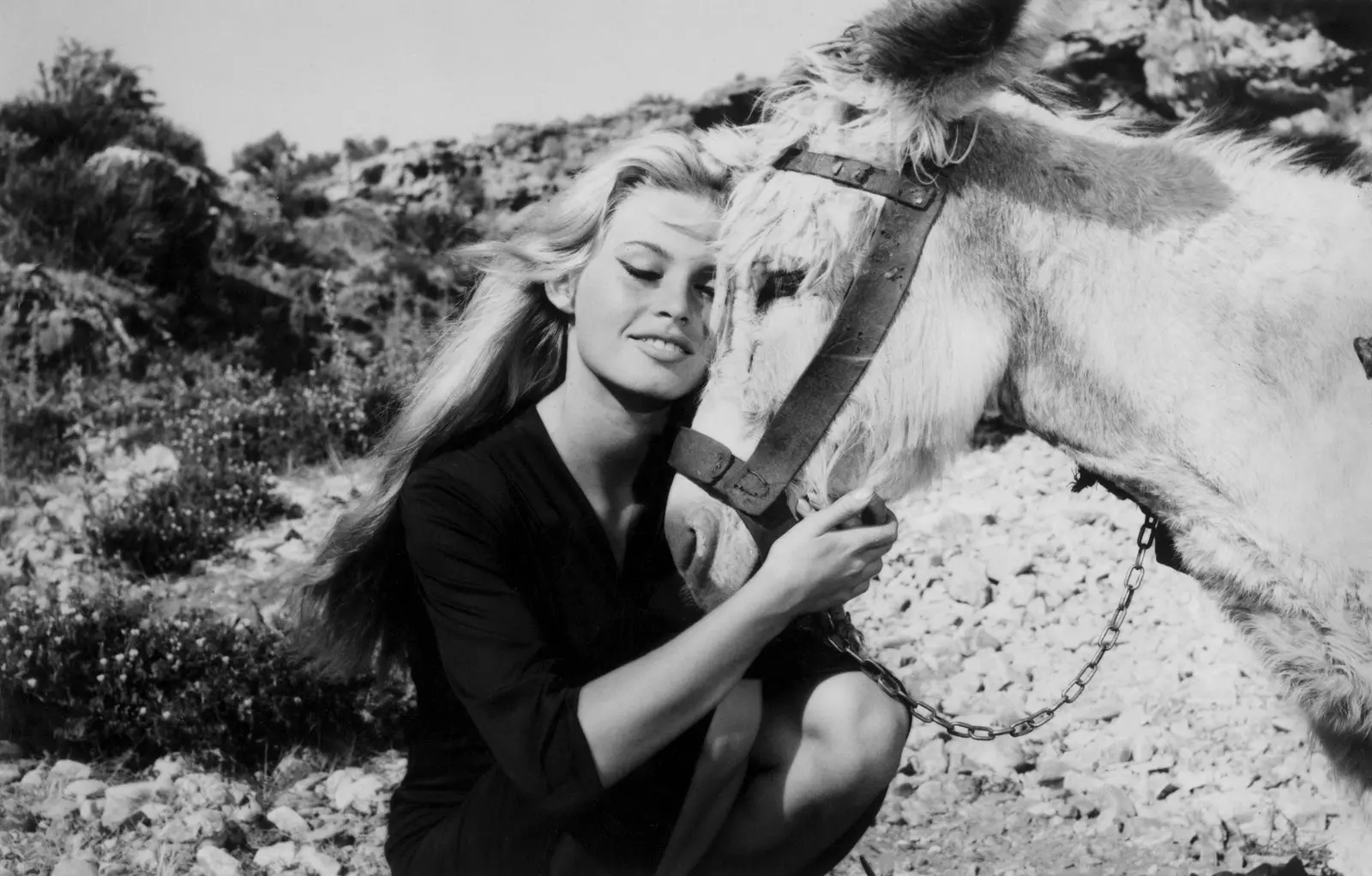
Brigitte Bardot and her donkey in Torremolinos
During the 60's , the town was called the no-place by the authorities . There came children of English noblemen with inappropriate inclinations, such as Lord Timothy Willoughby of Eresby , son of the Earls of Ancaster, who created the Lali-Lali nightclub . In 1968 opened in La Nogalera the first lesbian bar: Pourquoi-pas? , run by the German Frau Marion and the French Mayte Ducoup . The atmosphere in these places was open and tolerant. The counterculture was that. Marijuana and LSD abounded.
Was this the place he came to John Lennon with Brian Epstein his representative. His night in the Begoña Passage sparked rumors of an unconfirmed night on the other side of the Beatle. The jazz singer also landed there to stay pia beck with her partner, marga samsonowski . Known as the Flying Dutchess, The Flying Dutchwoman , she had encouraged the allied troops in World War II with the group of the samoan girls . In 1965 she opened a piano bar in the passage: the BlueNote.
Customers surrounded the piano, which served as a table for drinks, while Pia sang classics like 'Goody Goody'. Shirley MacLaine or Arthur Rubinstein they went to her piano bar. Pia never hid her homosexuality d. He faced the singer's hate speech Anita Bryant and promoted a concert to fight against the homophobic message of the North American.
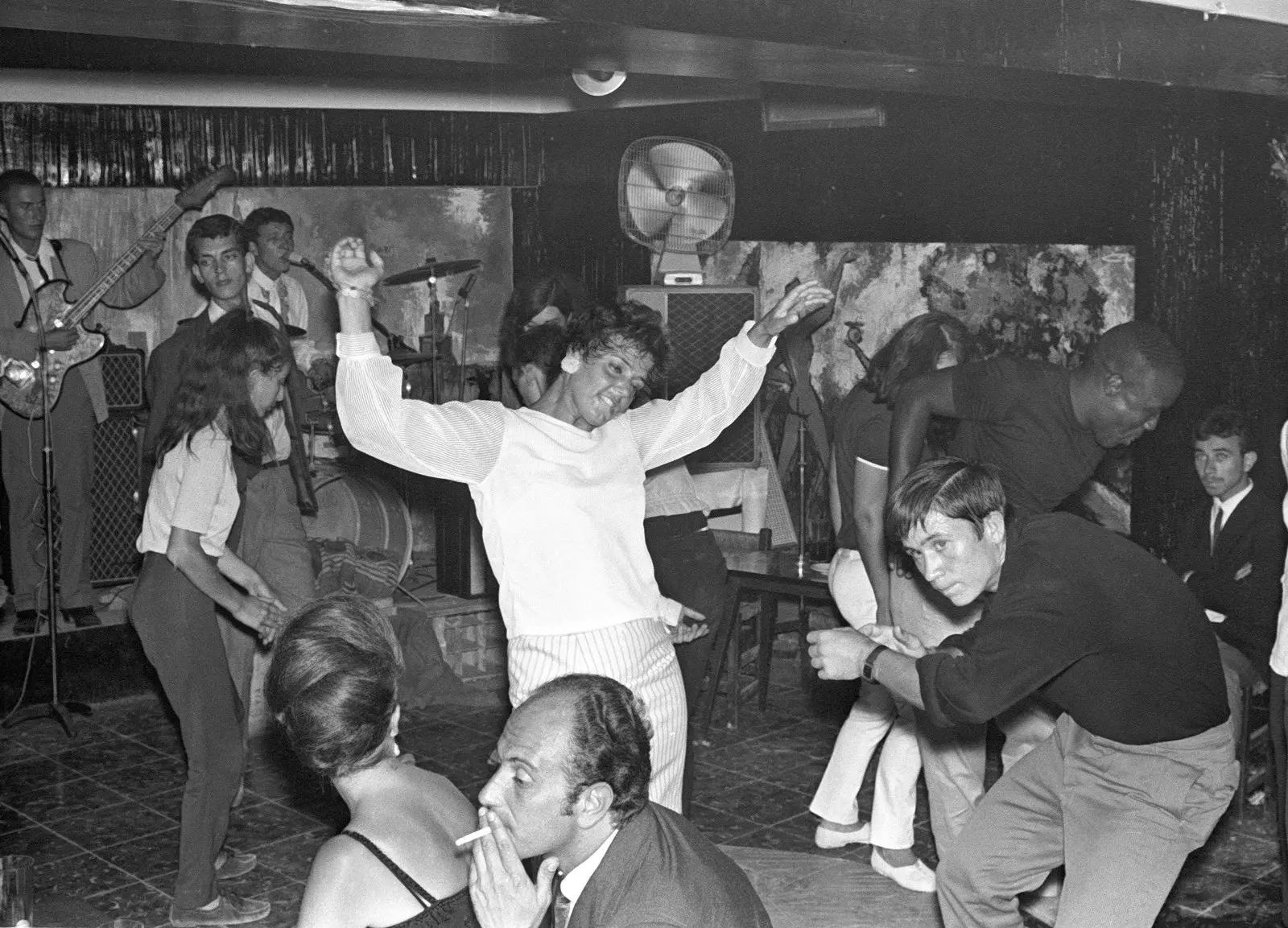
The eternal nights of Torremolinos
In 1971 the reasons that had led the dictatorship to tolerate the exception of Torremolinos were exhausted . The tourist machinery had started up. The charters that united Stockholm and Malaga They filled the beaches in summer. The Costa del Sol was a showcase. fist clenched.
The raids took place in the Begoña passage . There were more than one hundred detainees for the crime of attacking public morality. Twenty stores were closed. The Sunday Times published the story under the headline: Tourists detained in night raids in Spain . Foreigners were released and deported the next day. The climate of fear settled.
In the 70s, developmentalism and speculation arrived . The fishing village disappeared under the apartment blocks. Marbella attracted the jet-set and Ibiza emerged as an alternative destination. After decades of neglect, today Torremolinos claims its tradition of freedom . Since 2015 the town celebrates Pride and has once again become a reference destination for the LGBTIQ+ community.
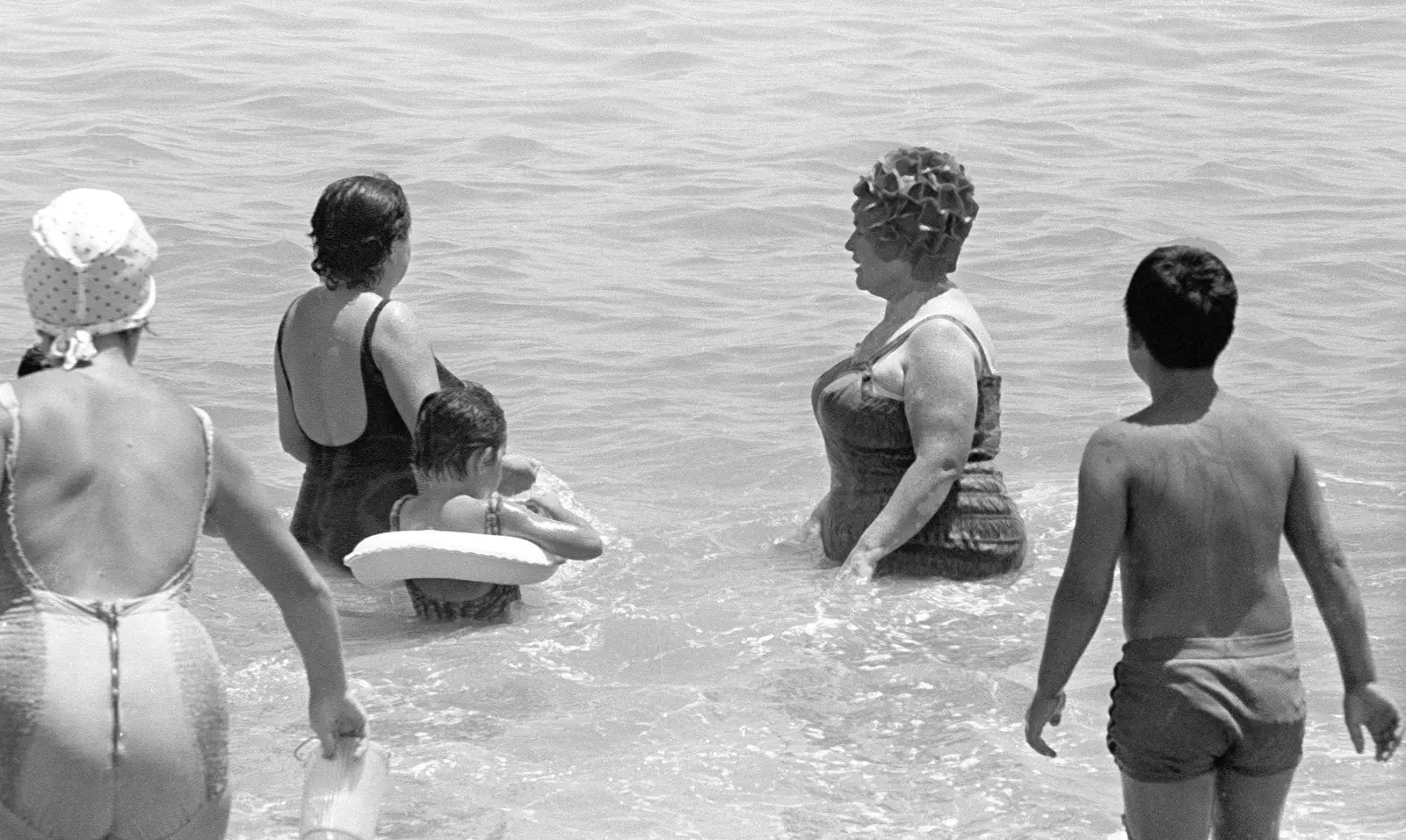
Torremolinos in 1964
